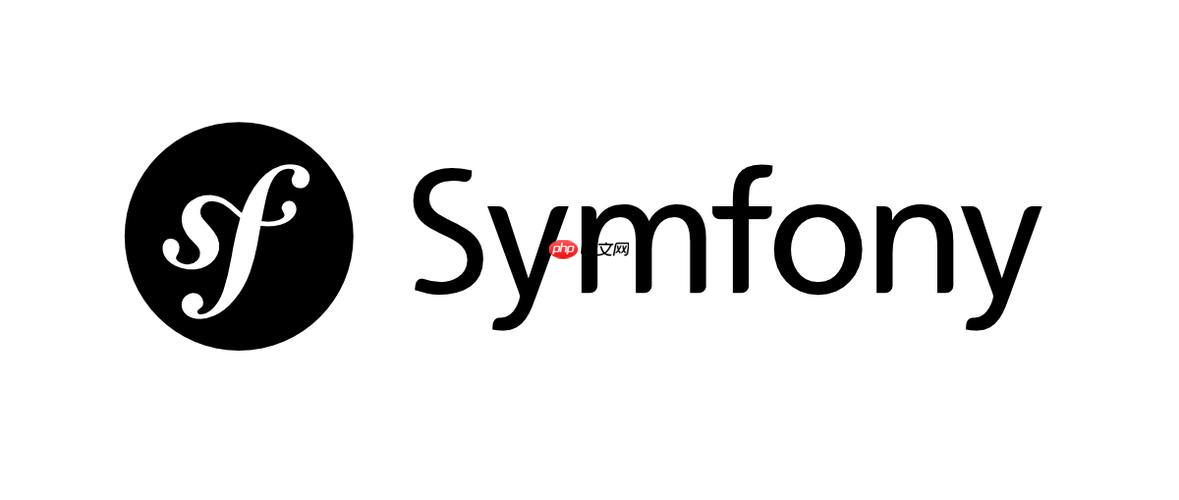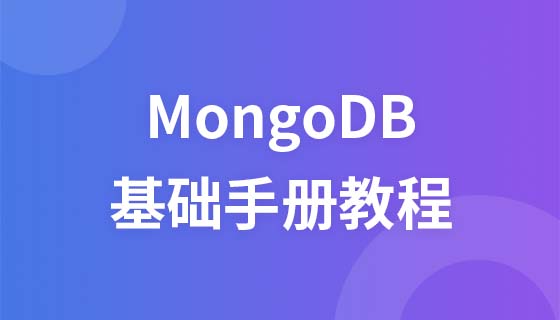在 symfony 中将 mongodb 文档转换为数组最直接的方式是使用 doctrine odm 提供的 toarray() 方法,适用于简单文档结构;2. 常见应用场景包括构建 restful api 响应、数据导出、日志调试、表单预填充和缓存处理;3. toarray() 方法的主要局限性在于不递归转换嵌套的嵌入式或引用文档,可能导致数组中仍包含对象实例;4. 更灵活的替代方案是使用 symfony serializer 组件的 normalize() 方法,支持递归序列化、序列化组(serialization groups)和自定义上下文,能完整处理复杂嵌套结构并精确控制输出字段,推荐用于生产环境中的复杂序列化需求。

在 Symfony 中将 MongoDB 文档转换为数组,最直接且常用的方式是利用 Doctrine ODM 提供的
toArray()
在 Symfony 项目里,当你通过 Doctrine ODM 从 MongoDB 获取到一个文档对象(比如一个
User
Product
首先,你需要确保你的文档类已经通过 Doctrine ODM 映射正确。假设你有一个
Product
// src/Document/Product.php
namespace App\Document;
use Doctrine\ODM\MongoDB\Mapping\Annotations as MongoDB;
#[MongoDB\Document]
class Product
{
#[MongoDB\Id]
protected ?string $id = null;
#[MongoDB\Field(type: 'string')]
protected string $name;
#[MongoDB\Field(type: 'float')]
protected float $price;
// ... getters and setters
}从数据库获取文档通常会通过
DocumentManager
// 假设在你的控制器或服务中
use Doctrine\ODM\MongoDB\DocumentManager;
use App\Document\Product;
use Symfony\Component\HttpFoundation\JsonResponse;
use Symfony\Bundle\FrameworkBundle\Controller\AbstractController;
class ProductController extends AbstractController
{
public function showProduct(string $id, DocumentManager $dm): JsonResponse
{
$product = $dm->getRepository(Product::class)->find($id);
if (!$product) {
throw $this->createNotFoundException('Product not found');
}
// 核心步骤:使用 toArray() 方法
$productArray = $product->toArray();
// 此时 $productArray 应该是一个包含文档顶层字段的 PHP 数组
// 例如:['id' => '...', 'name' => '...', 'price' => '...']
return new JsonResponse($productArray);
}
}toArray()
将 MongoDB 文档转换为数组,在 Symfony 应用开发中,简直是家常便饭。最常见的,也是我个人觉得最核心的场景,就是构建 API 响应。当你开发一个 RESTful API 时,客户端通常期望接收 JSON 格式的数据,而 PHP 数组是转换为 JSON 最自然不过的中间形态。把一个文档对象直接返回给
JsonResponse
除了 API,还有一些场景也经常用到:
dump()
这些场景都指向一个核心目的:将 Doctrine ODM 的领域模型对象,转换成更通用、更易于传输或处理的数据格式。
toArray()
toArray()
toArray()
主要的局限性在于:
非递归转换: 默认情况下,
toArray()
@MongoDB\EmbedOne
@MongoDB\EmbedMany
@MongoDB\ReferenceOne
@MongoDB\ReferenceMany
例如,如果你的
Product
Details
// src/Document/Product.php
#[MongoDB\Document]
class Product
{
// ...
#[MongoDB\EmbedOne(targetDocument: Details::class)]
protected Details $details;
// ...
}
// src/Document/Details.php
#[MongoDB\EmbeddedDocument]
class Details
{
#[MongoDB\Field(type: 'string')]
protected string $description;
// ...
}当你调用
$product->toArray()
$productArray['details']
Details
['description' => '...']
引用文档的处理: 对于通过
ReferenceOne
ReferenceMany
toArray()
性能考量: 即使你尝试手动递归转换,如果文档结构非常深,或者包含大量嵌入式数据,手动遍历和转换可能会导致性能问题,尤其是在循环中触发额外的数据库查询(N+1 问题)。
这些局限性意味着,对于复杂的文档结构,仅仅依赖
toArray()
toArray()
当
toArray()
以下是几种更灵活的序列化方式:
Symfony Serializer 组件: 这是最推荐的方案。它提供了一个高度可配置的序列化/反序列化机制。
基本用法: 你可以注入
Symfony\Component\Serializer\SerializerInterface
normalize()
use Symfony\Component\Serializer\SerializerInterface;
use App\Document\Product;
use Symfony\Component\HttpFoundation\JsonResponse;
use Symfony\Bundle\FrameworkBundle\Controller\AbstractController;
use Doctrine\ODM\MongoDB\DocumentManager;
class ProductController extends AbstractController
{
public function showProduct(string $id, DocumentManager $dm, SerializerInterface $serializer): JsonResponse
{
$product = $dm->getRepository(Product::class)->find($id);
if (!$product) {
throw $this->createNotFoundException('Product not found');
}
// 使用 normalize() 方法将文档对象转换为数组
// 第一个参数是对象,第二个参数是格式(通常是 'json' 或 'array')
// 第三个参数是上下文数组,可以传递序列化组等选项
$productArray = $serializer->normalize($product, 'json',以上就是Symfony 怎样将MongoDB文档转数组的详细内容,更多请关注php中文网其它相关文章!

每个人都需要一台速度更快、更稳定的 PC。随着时间的推移,垃圾文件、旧注册表数据和不必要的后台进程会占用资源并降低性能。幸运的是,许多工具可以让 Windows 保持平稳运行。




Copyright 2014-2025 https://www.php.cn/ All Rights Reserved | php.cn | 湘ICP备2023035733号